Mirror and Candle Holder
The definition of Khatamkari (or in English, marquetry inlay artwork) in the Persian encyclopedia is “The art of decorating the surface of objects in a mosaic-like manner, with small triangles. The various designs of Khatam have always been in the form of regular geometric shapes. mirror and candle holder
These geometric shapes are embossed by placing small triangles next to each other. Triangles are made of wood, metal, and bone. “The smaller and finer the triangles, the better the inlay. In an inlay design, at least three triangles are used to make the smallest geometric unit and up to four hundred triangles for the largest.”
This art spread to Iran in a modern way before Safavid and during the Mongol conquest of Iran, following the emergence of a direct relationship between Iran and China. Some other scholars also believe that Khatam Kari was founded during the Deilman period in Iran and in the city of Shiraz and reached its peak in the Safavid era because, on the one hand, the government supported artists and, on the other han,d established trade relations with countries near and far. Helped spread the art of Khatam.
In Iran, before the advent of Islam, a kind of Khatm was common and its method was such that cubes of solid color were cut into sides of four millimeters and installed and nailed on a plate with various designs, and this method lasted for several centuries. It has been common since Islam. At present, there is a Khatam Kari in this way in Shiraz Aghik Grand Mosque, which has been built for more than a thousand years.

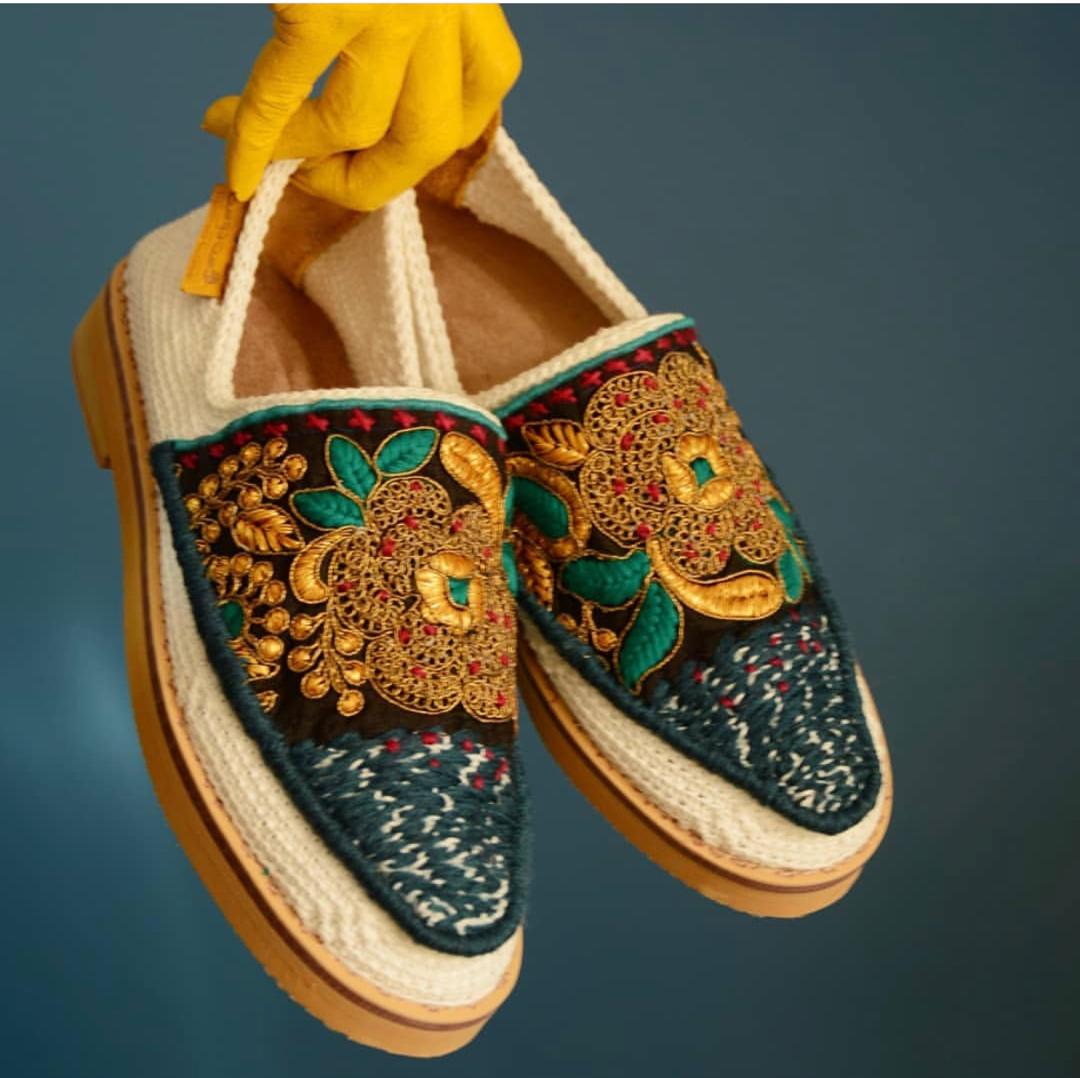
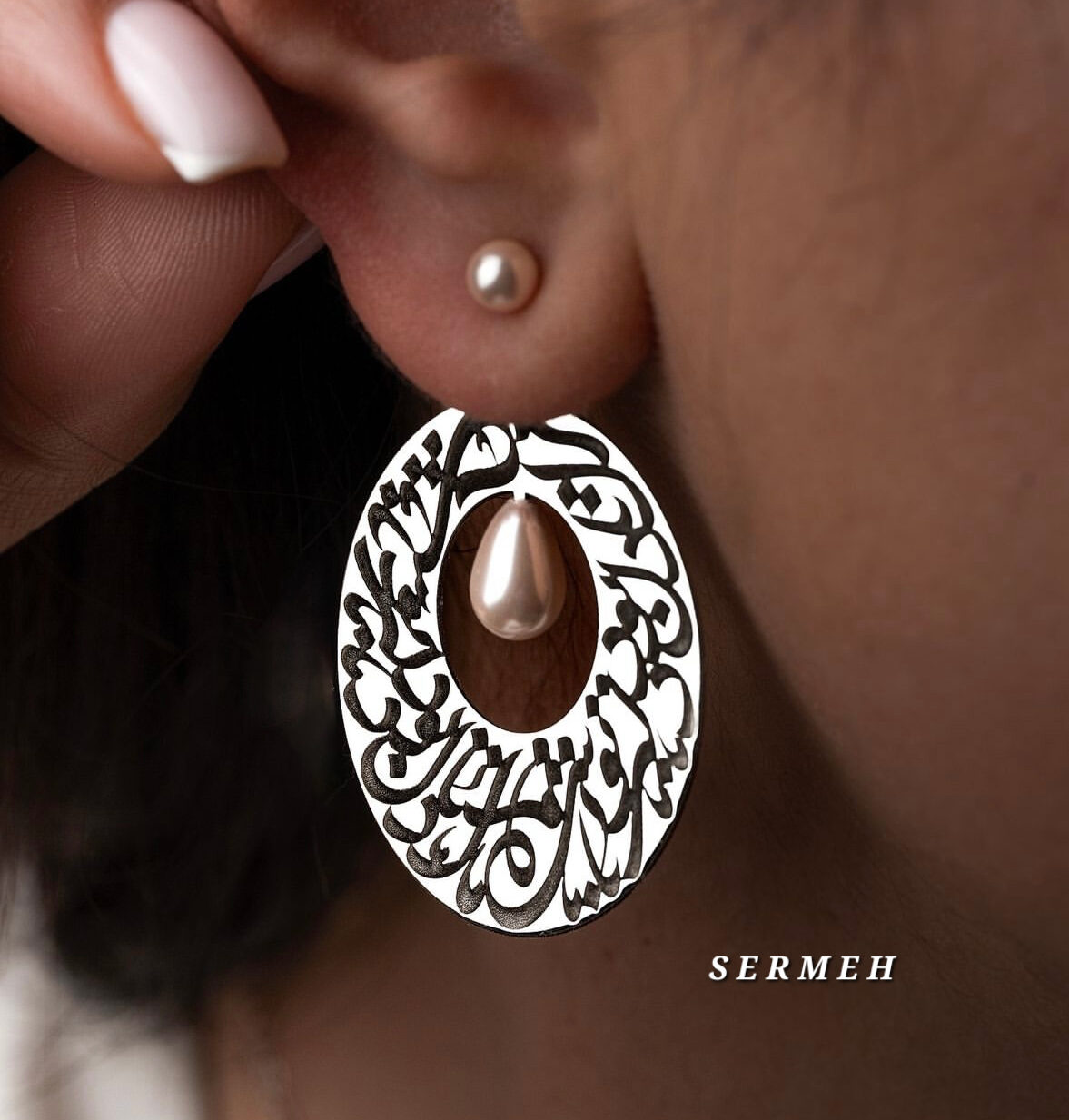
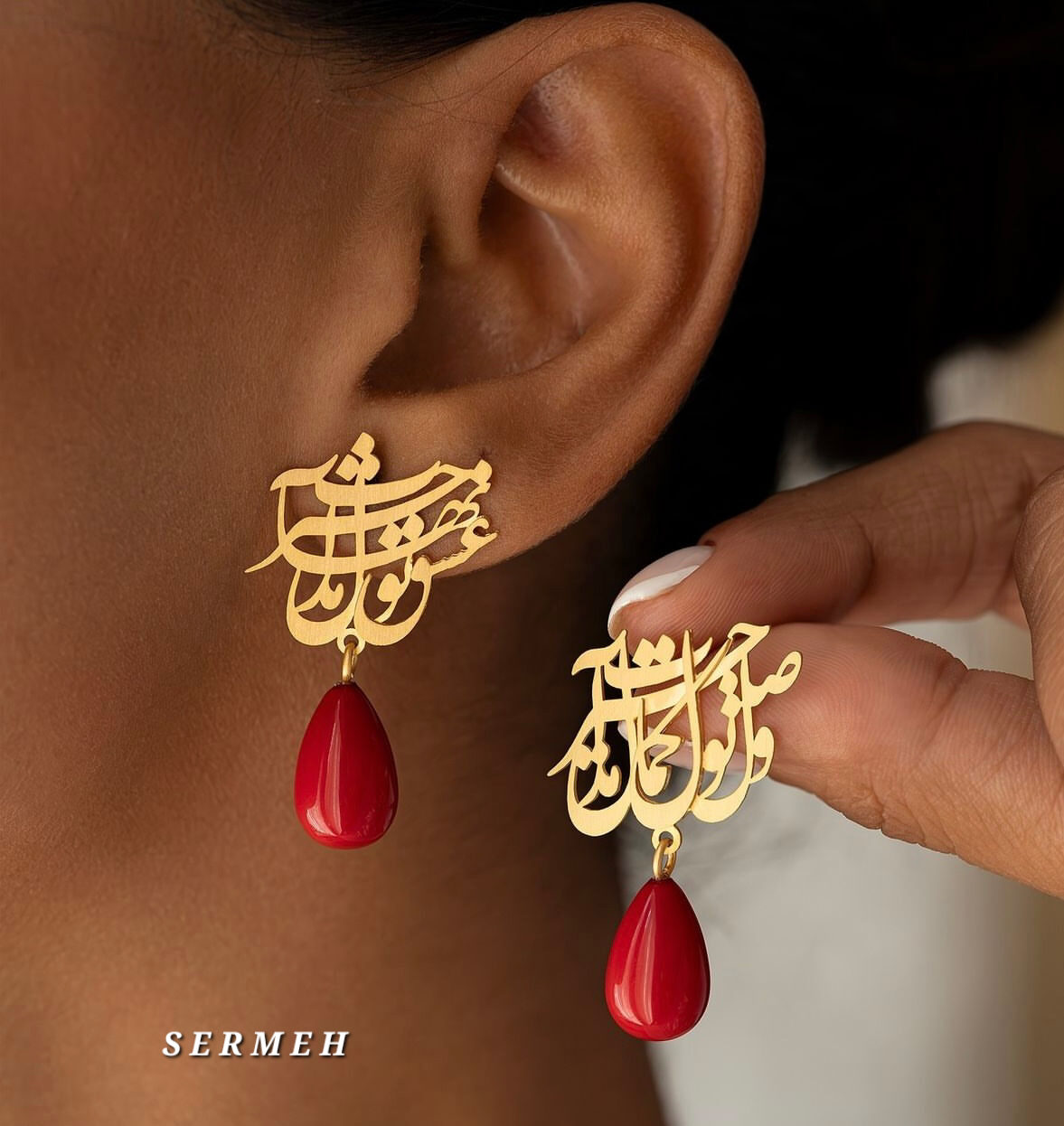


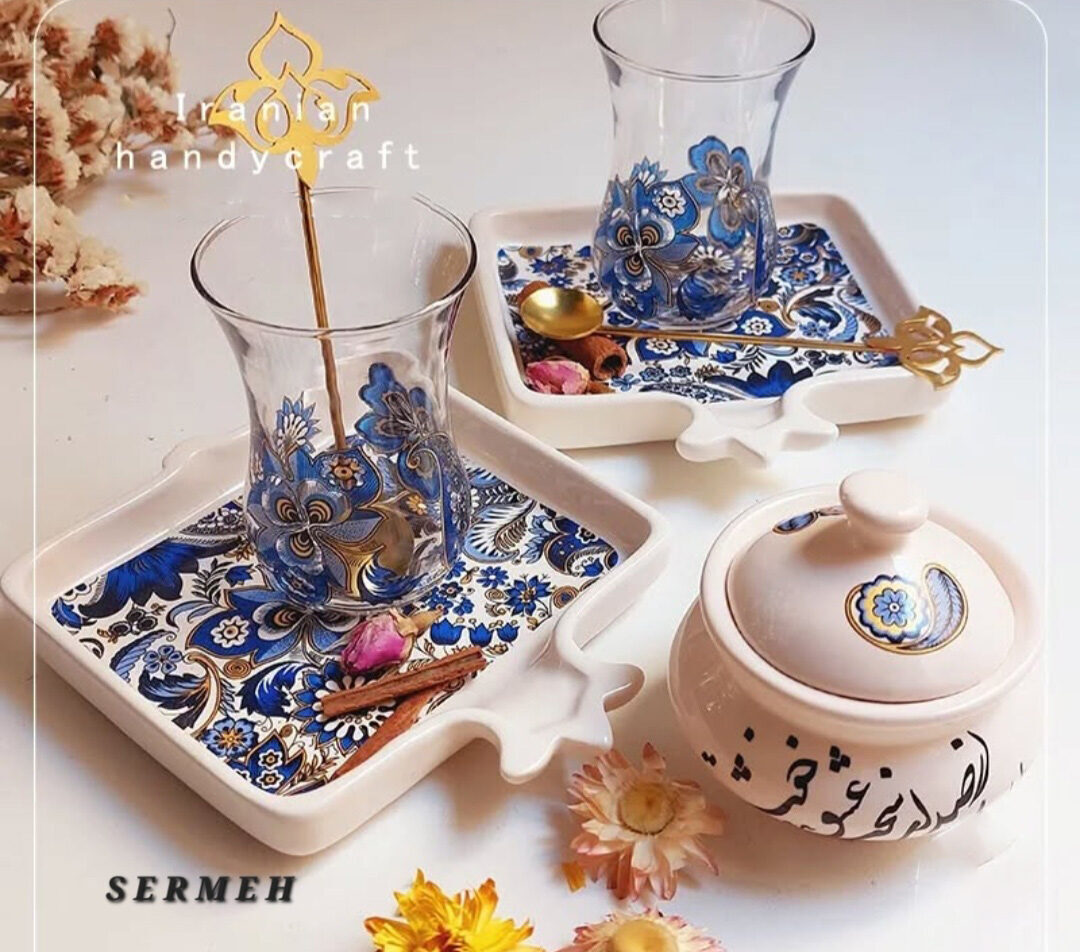
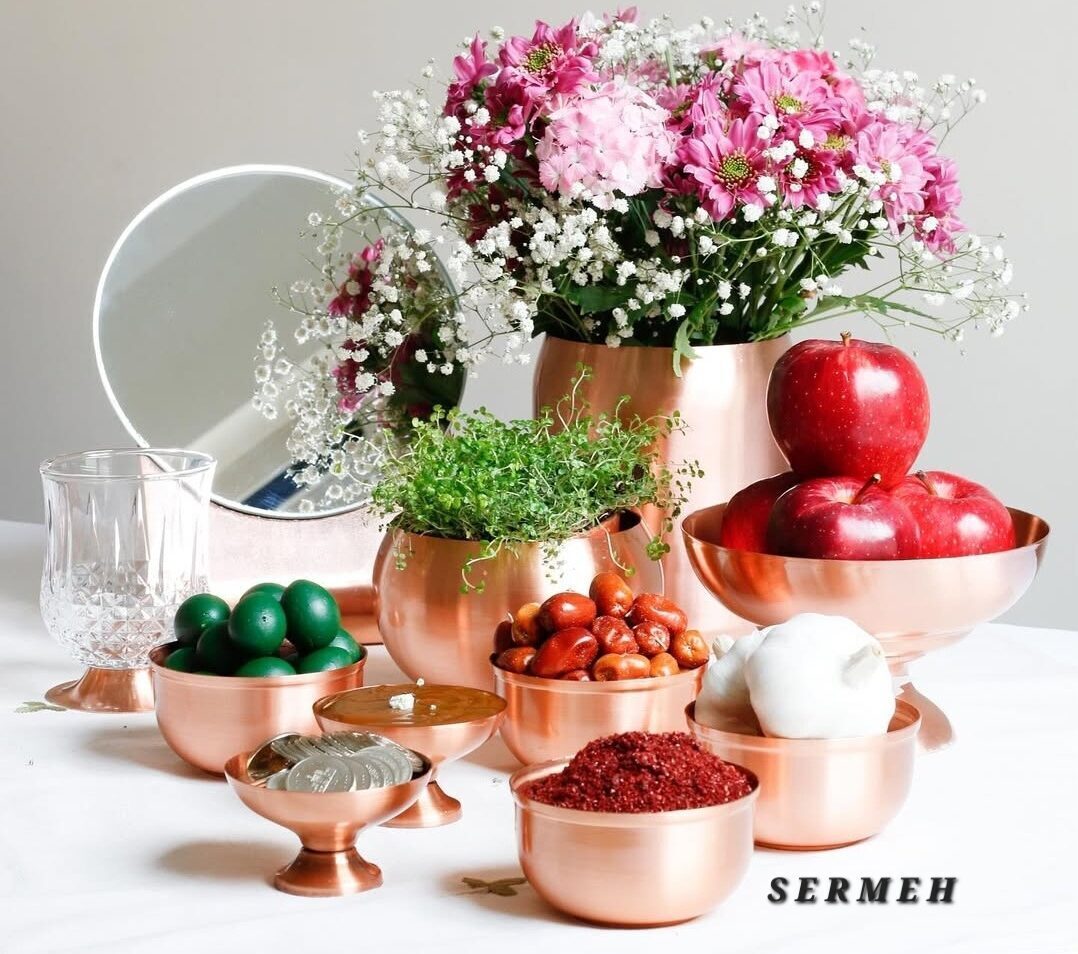
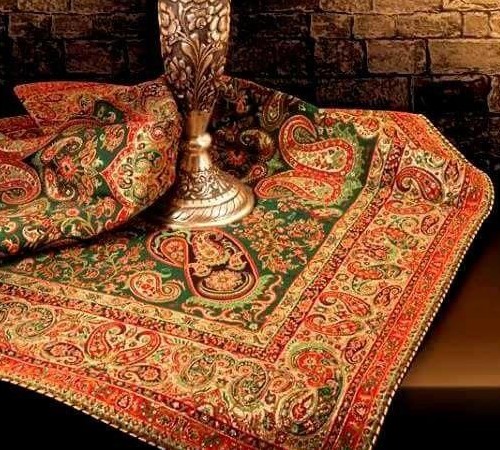
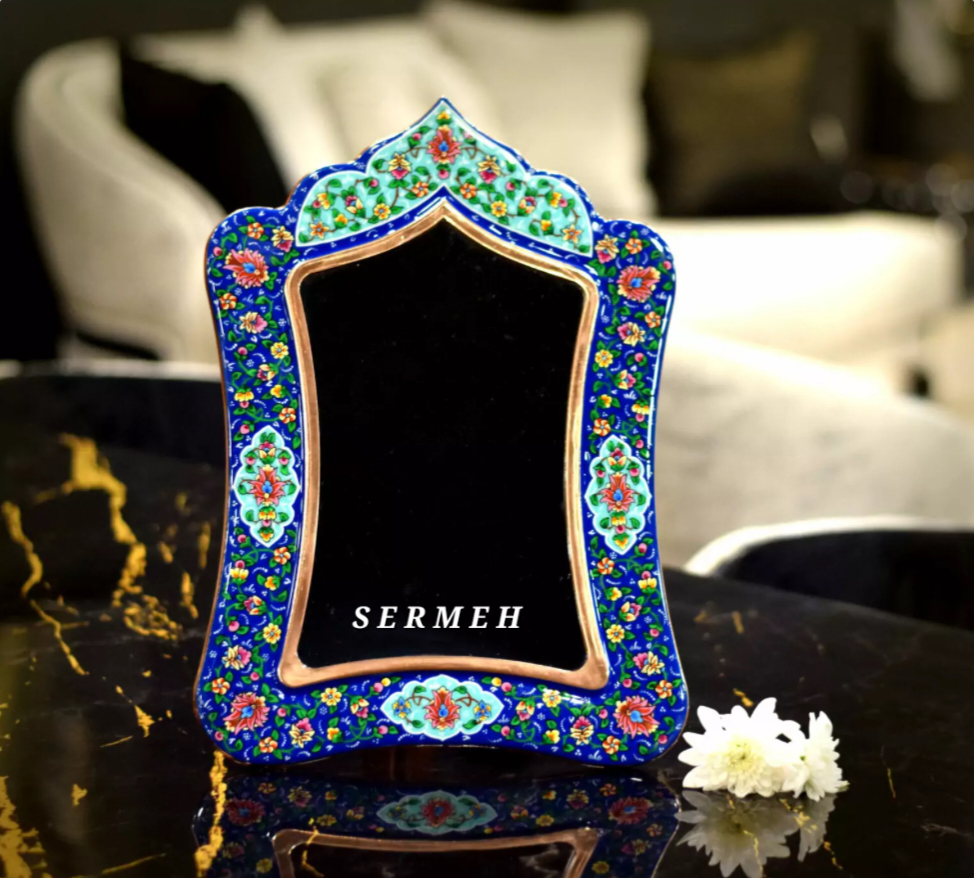


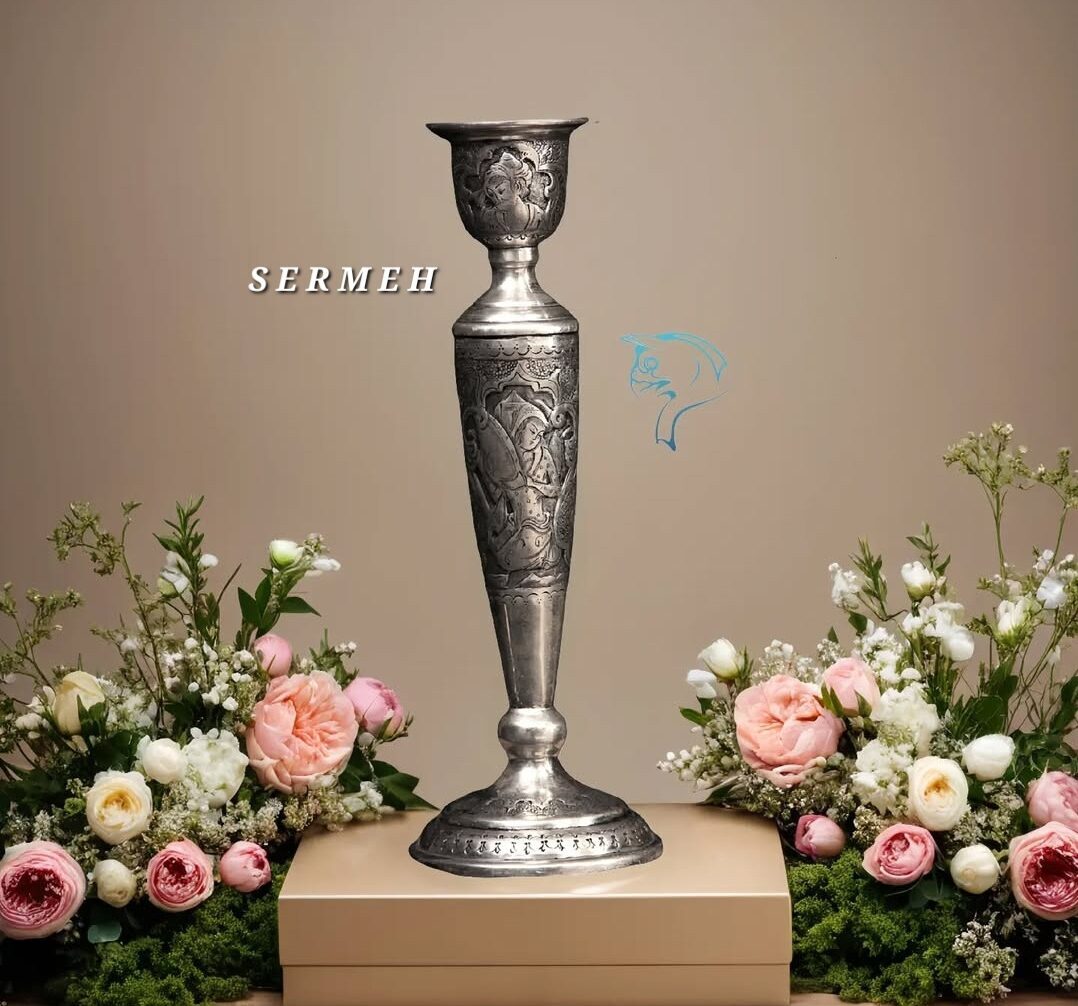
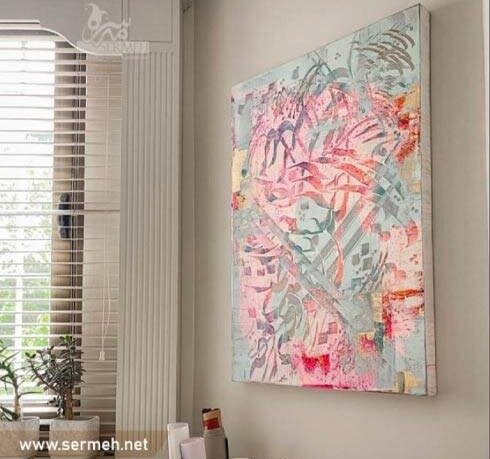
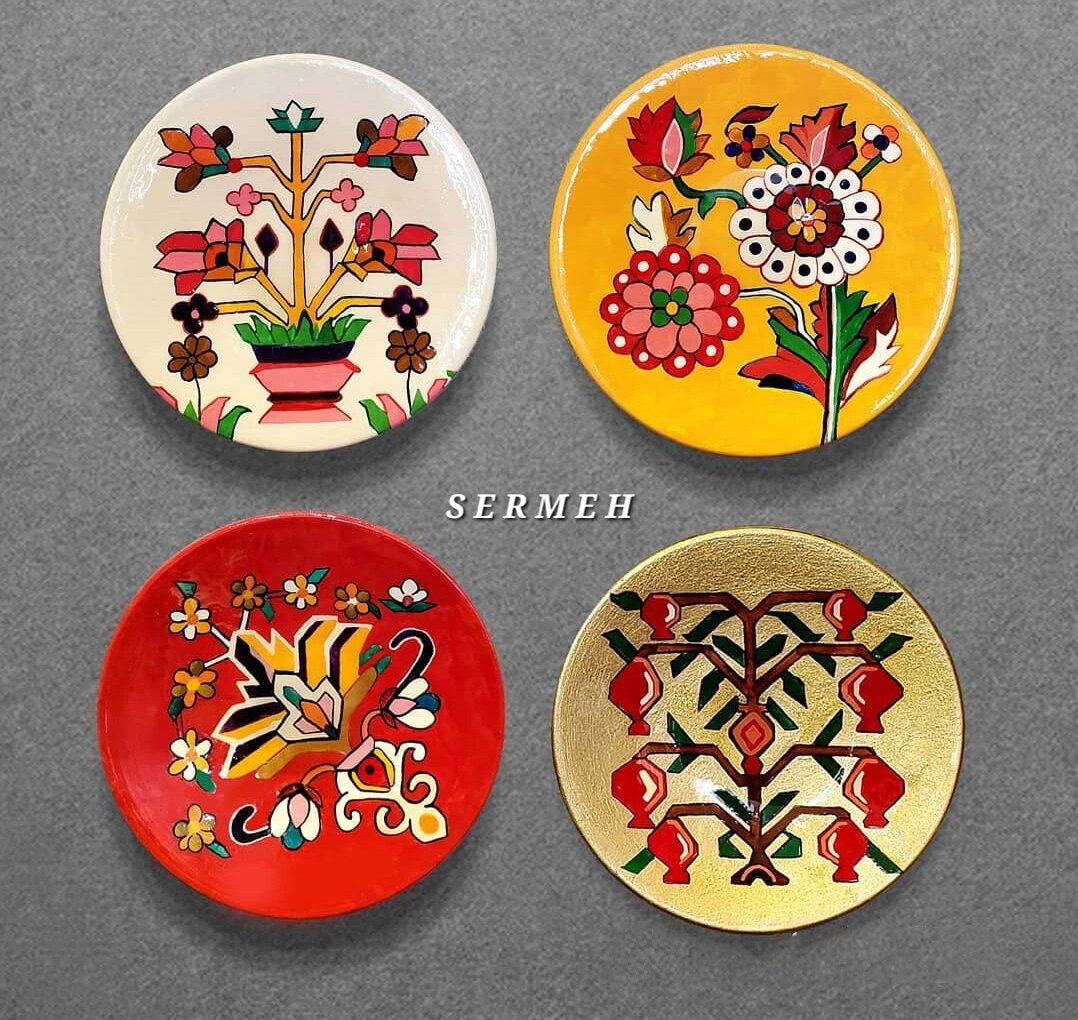

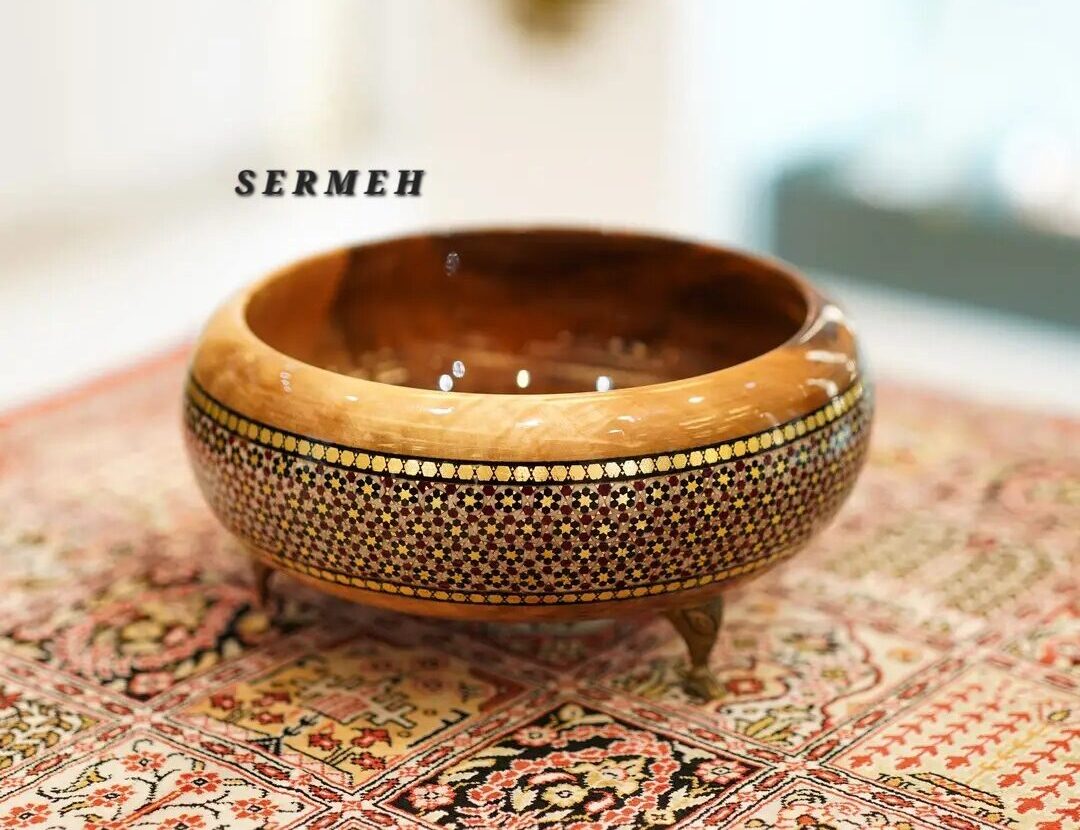
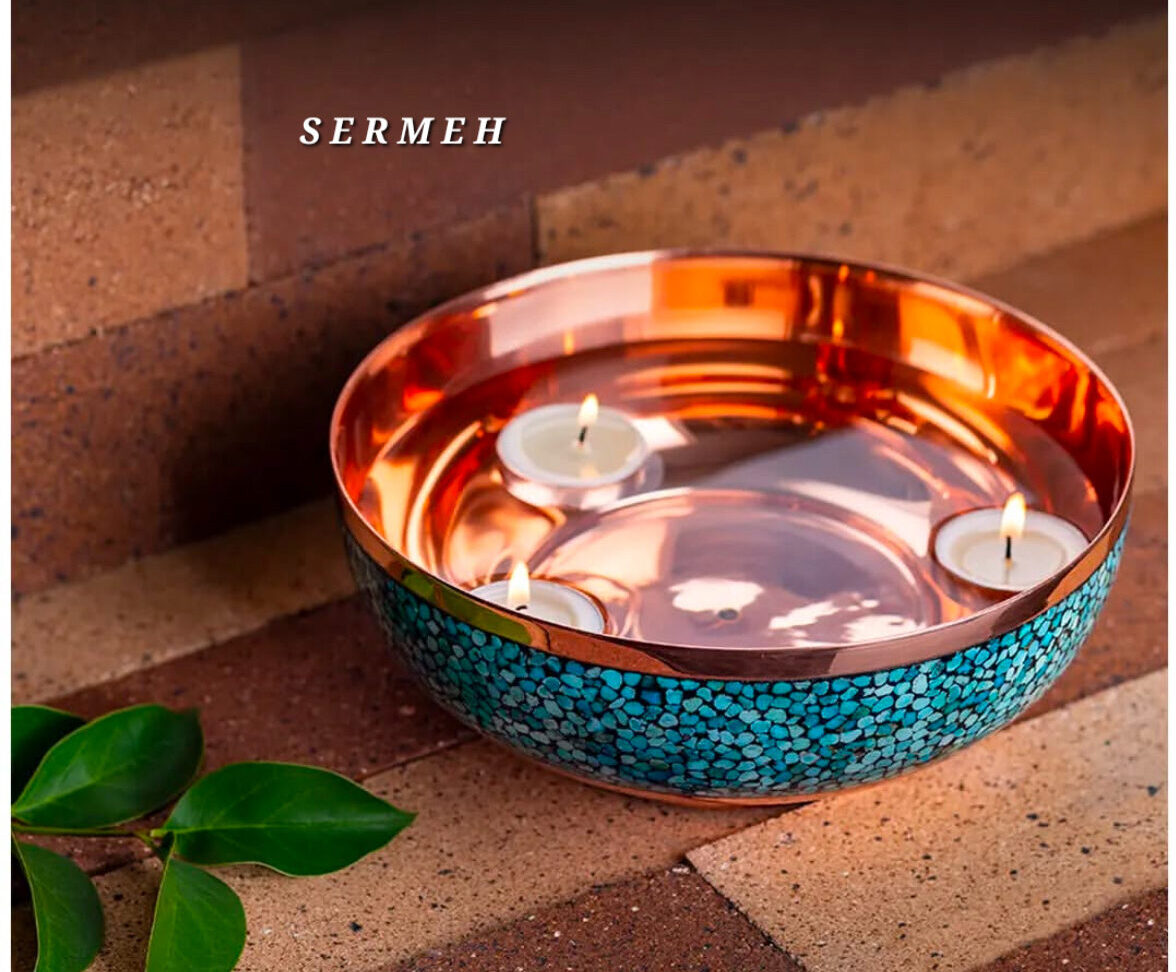
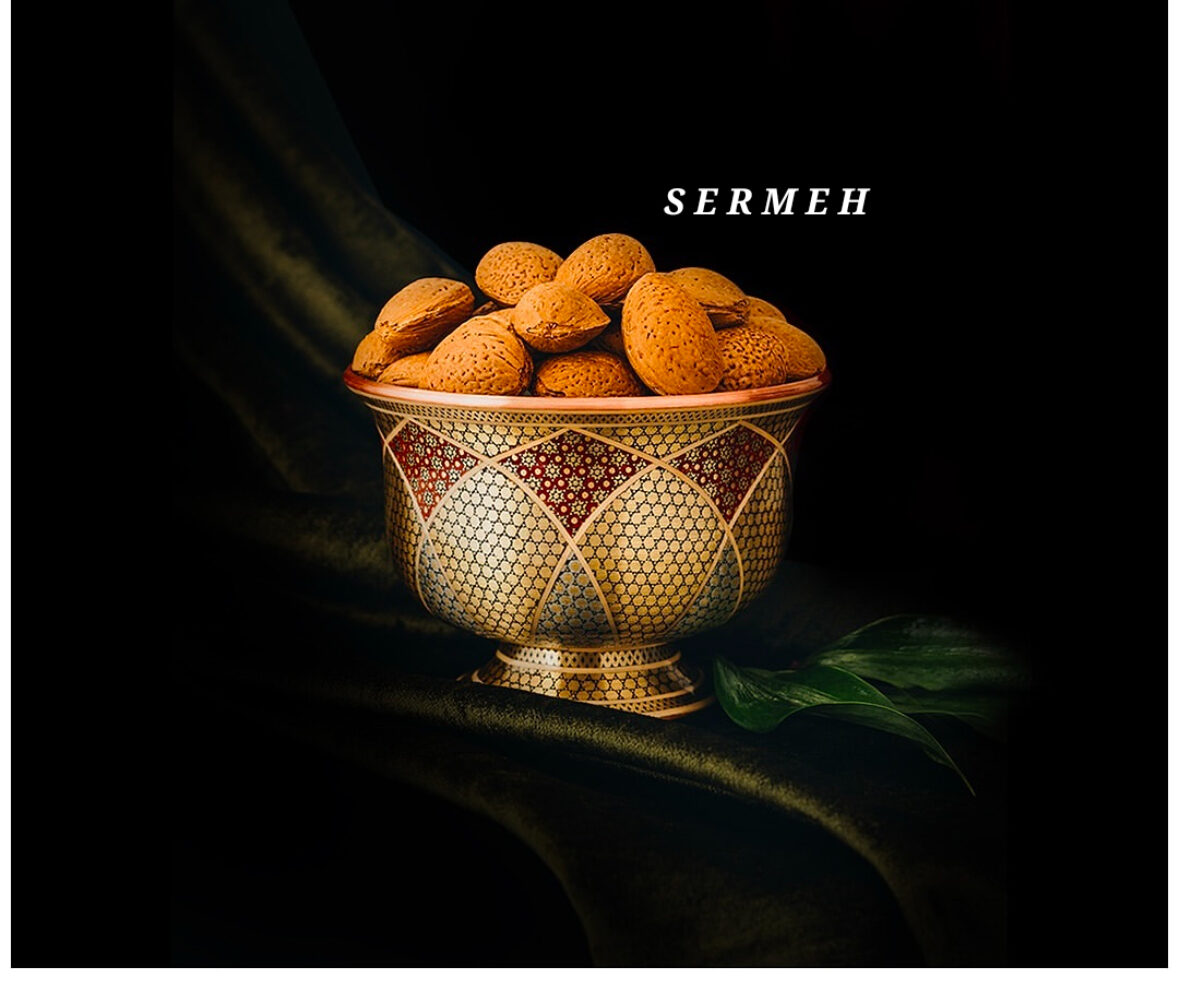
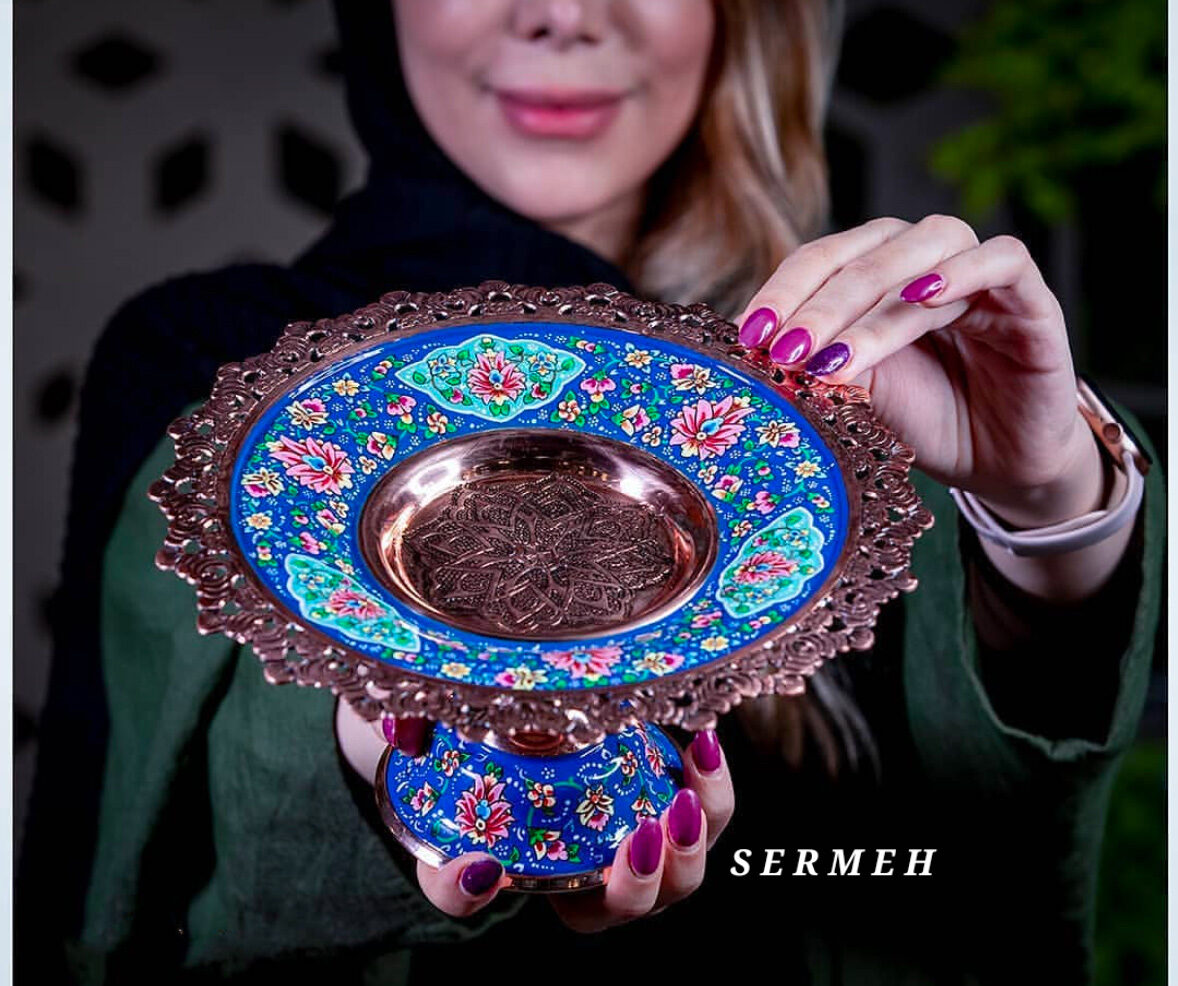
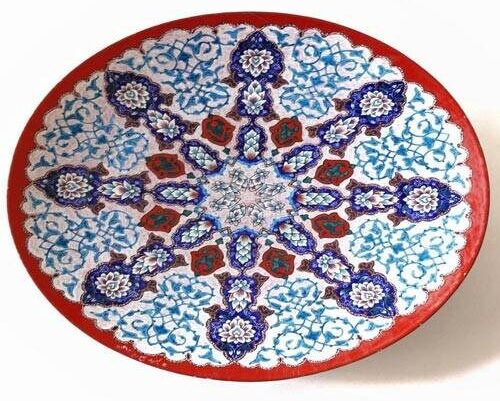
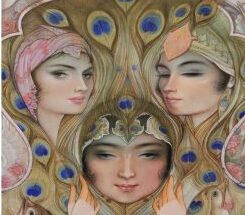
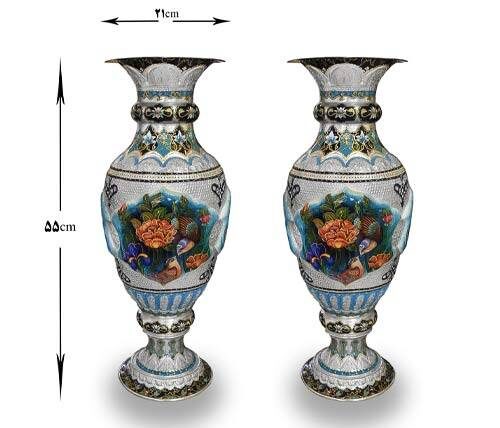
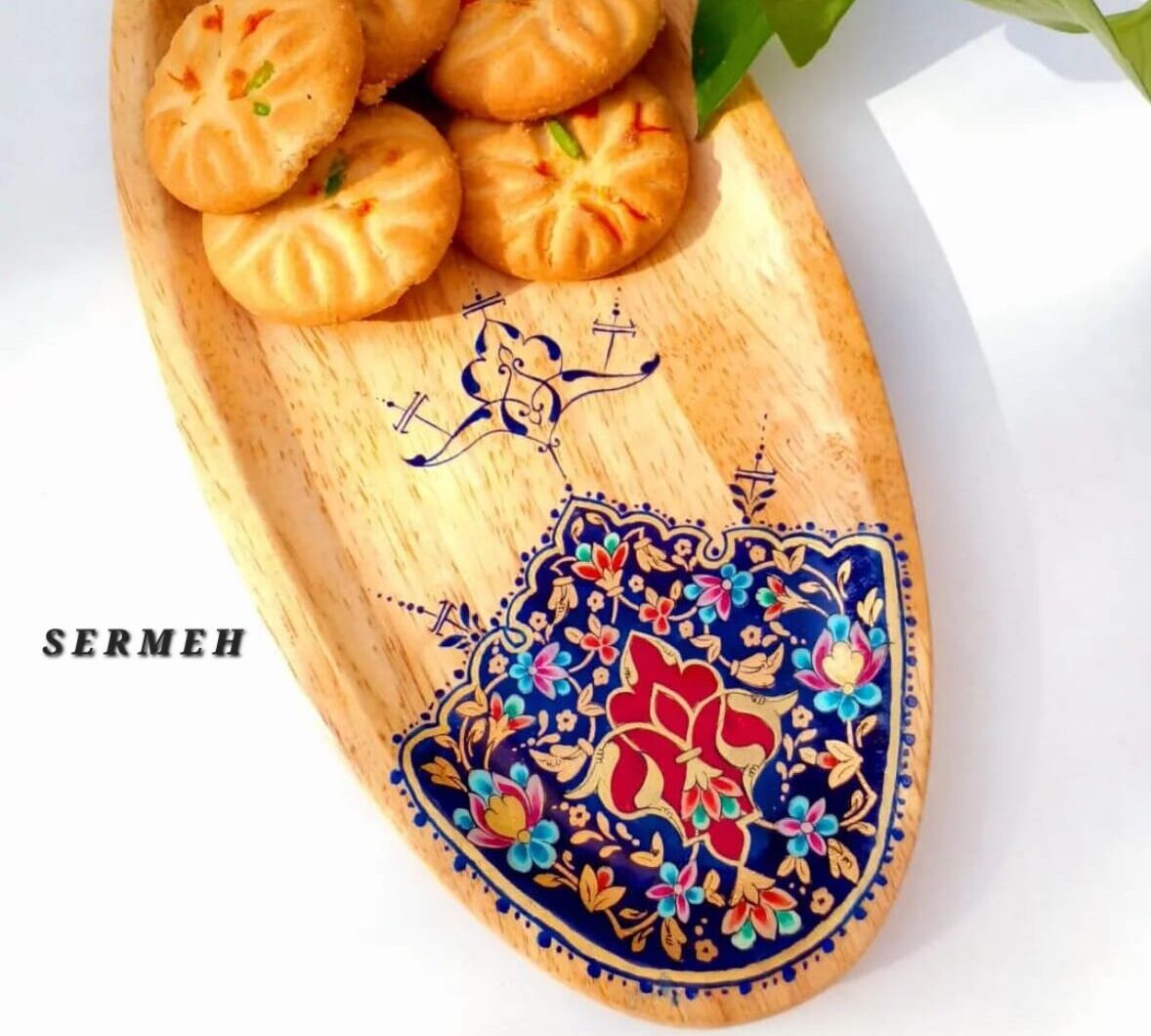

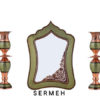
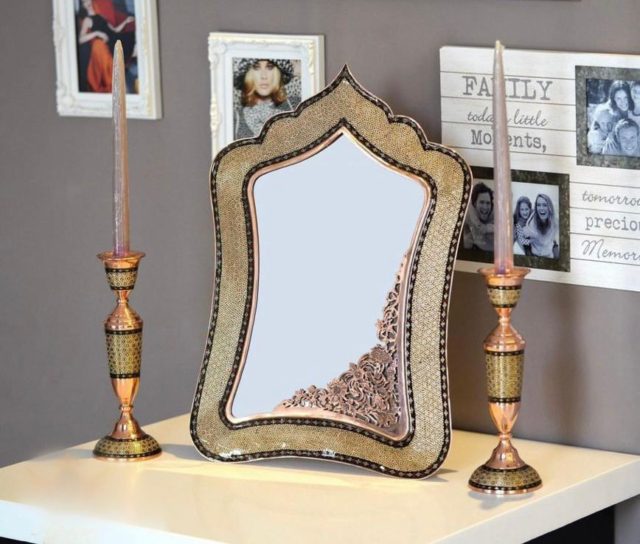
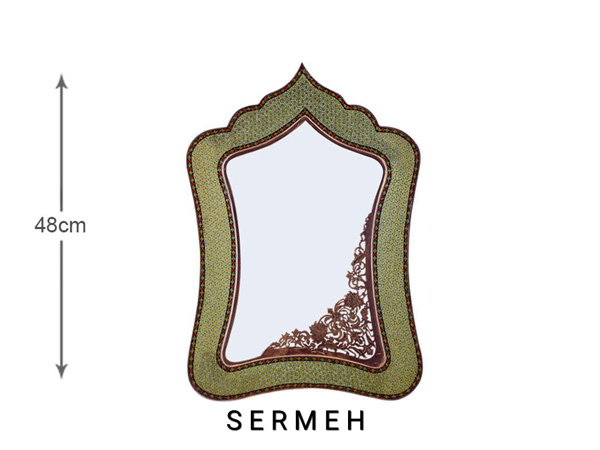

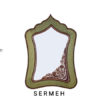
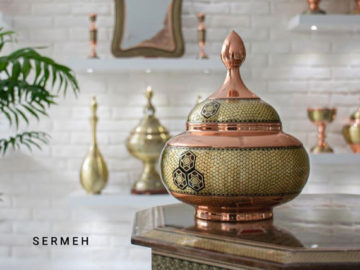
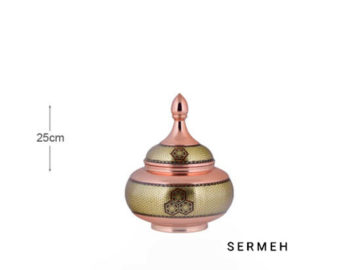
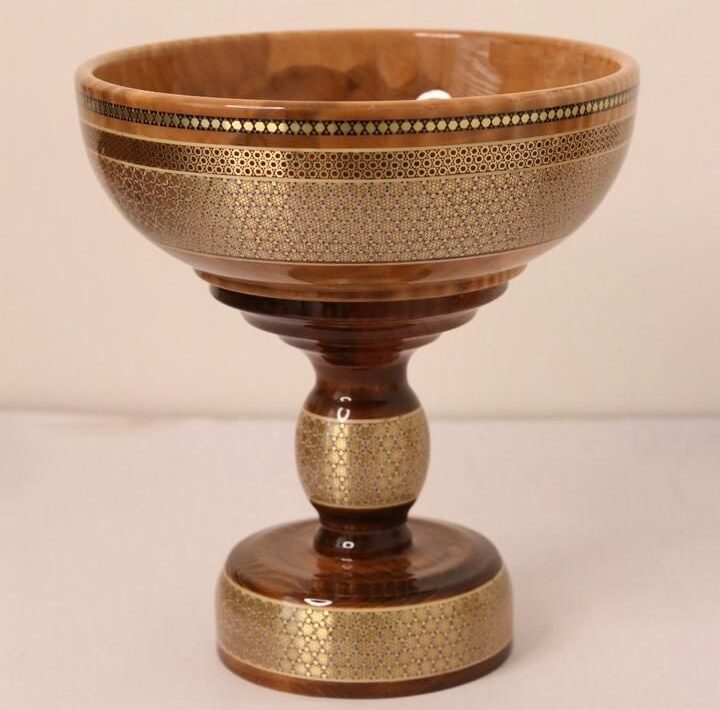
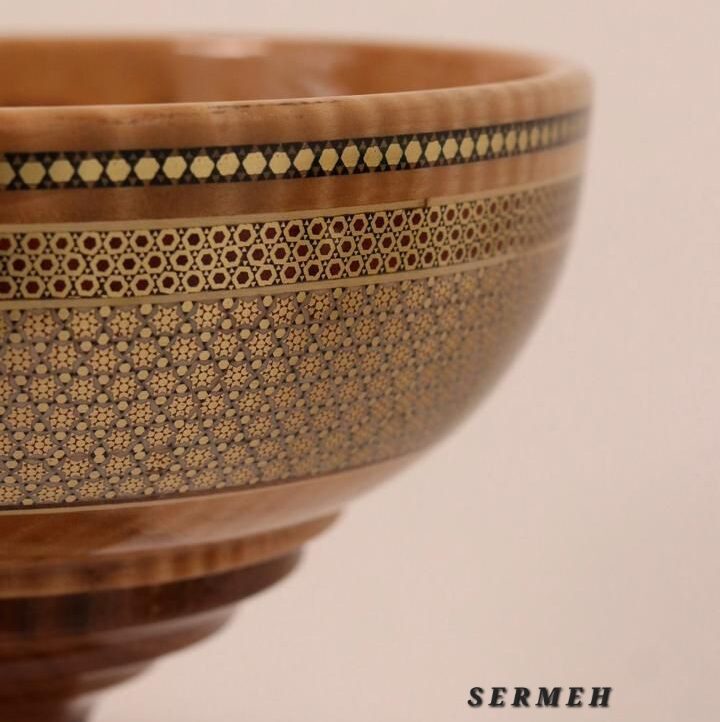
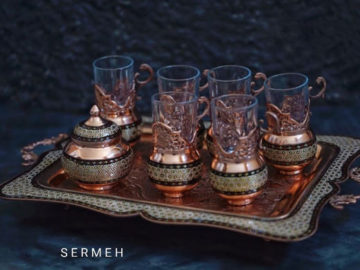
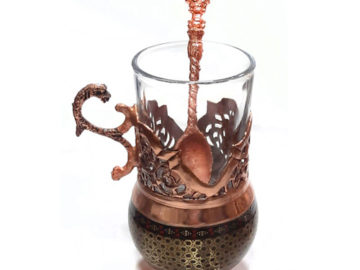
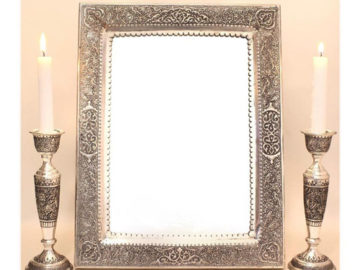
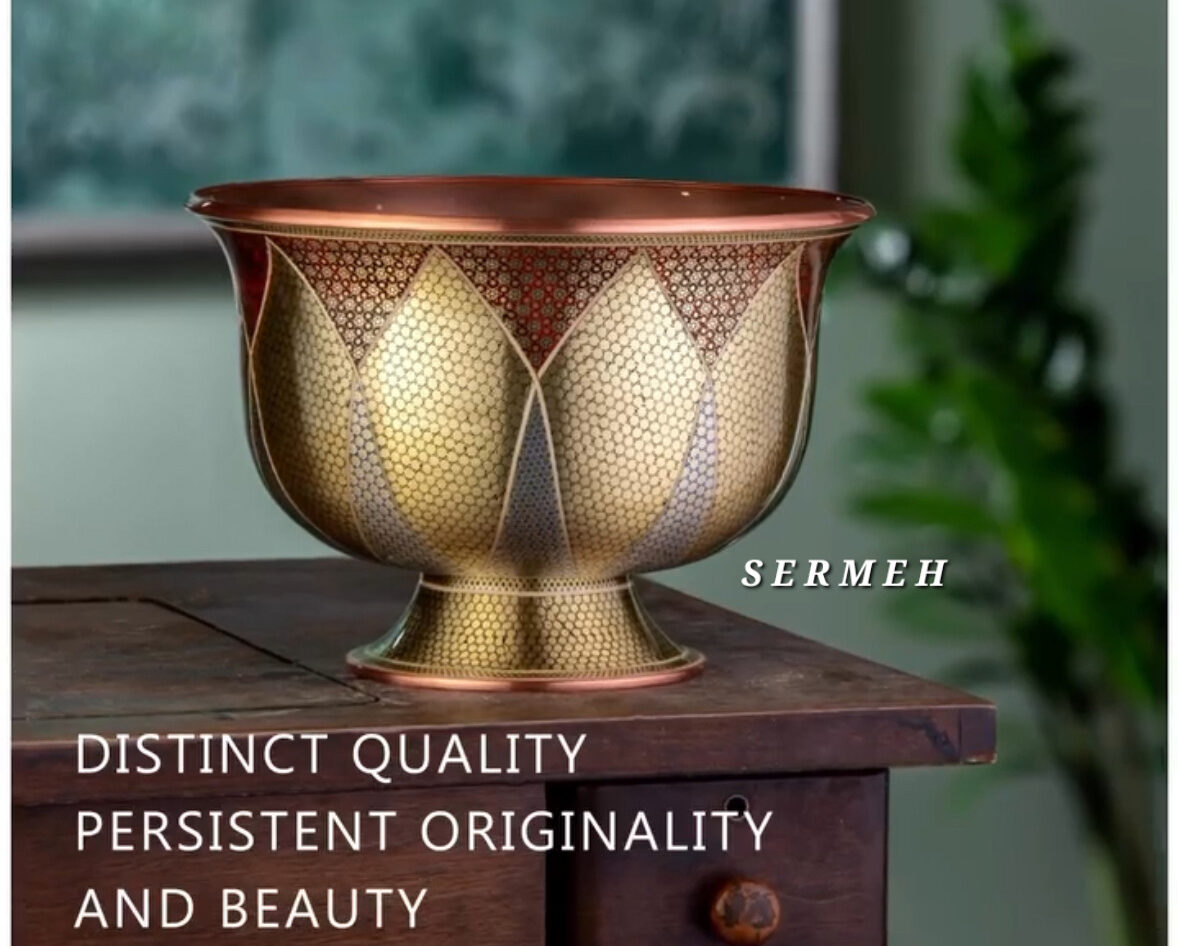
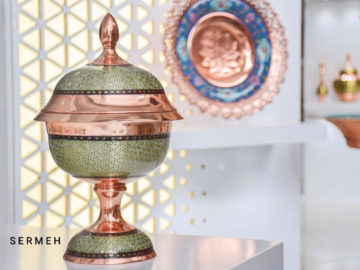



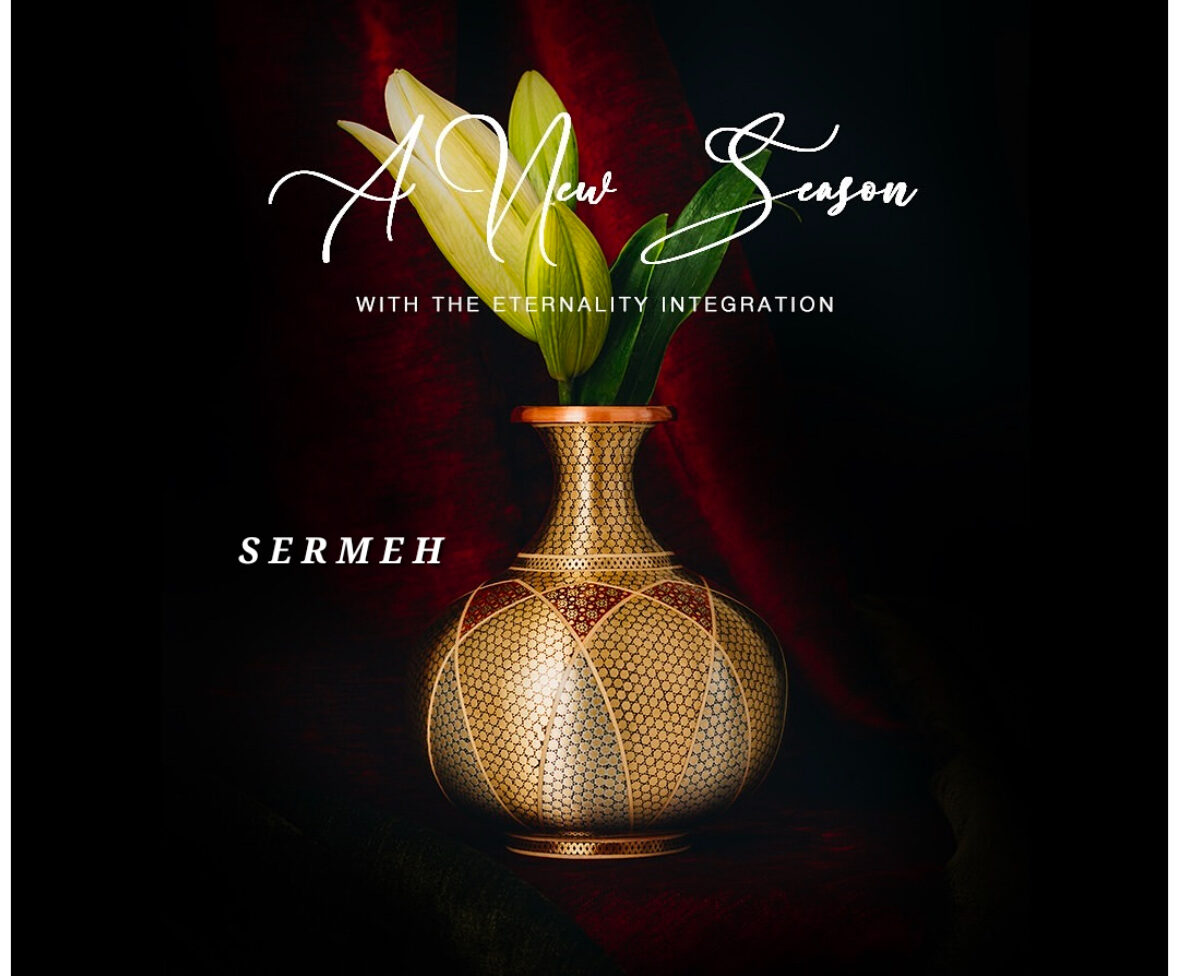
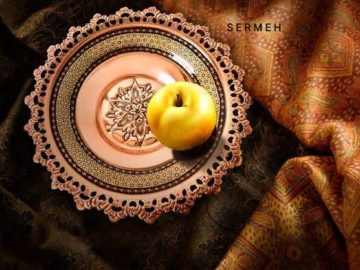

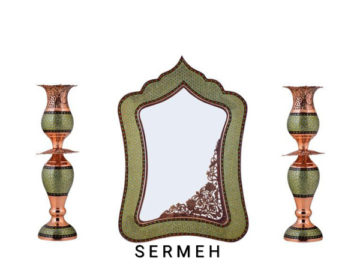
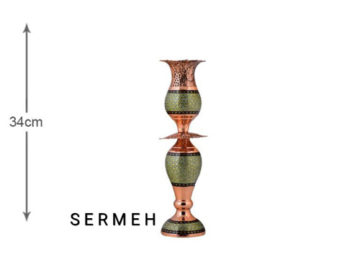


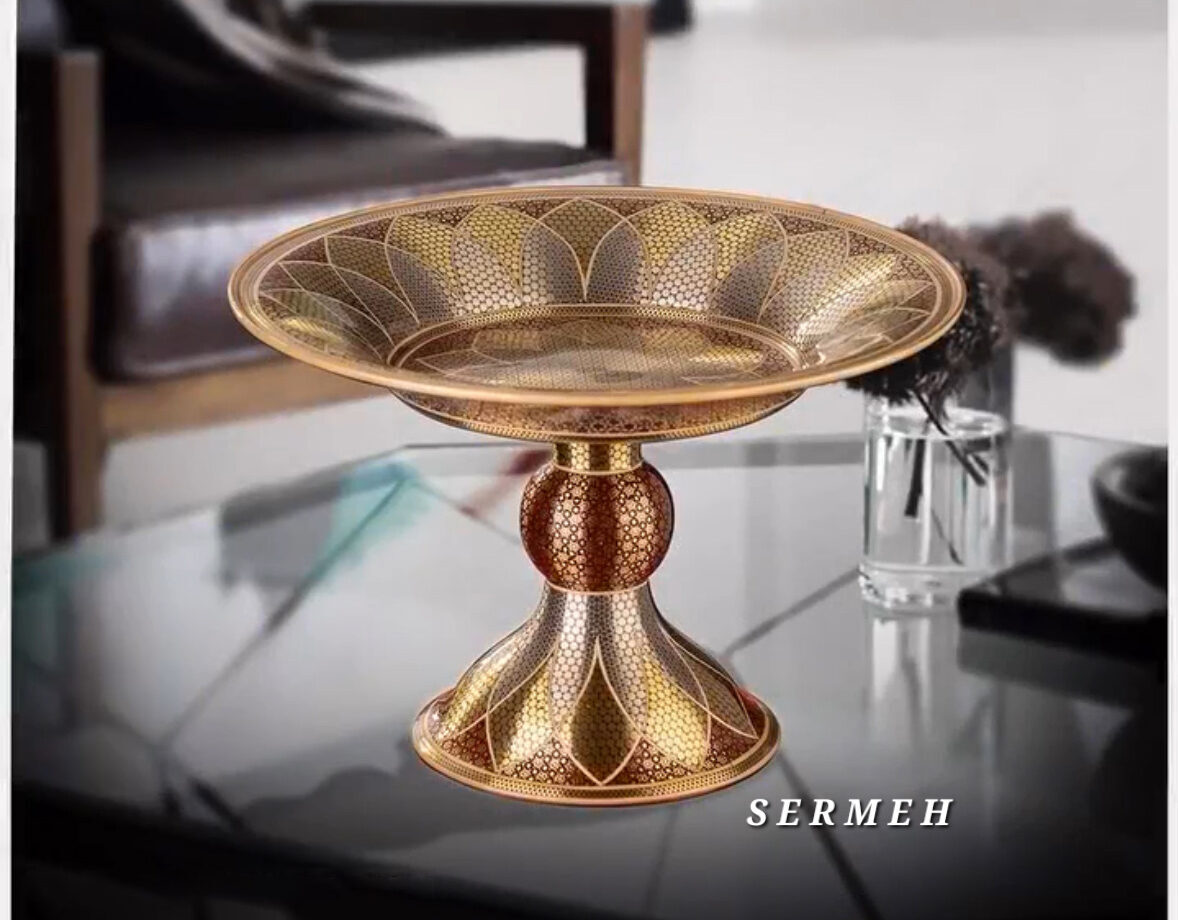
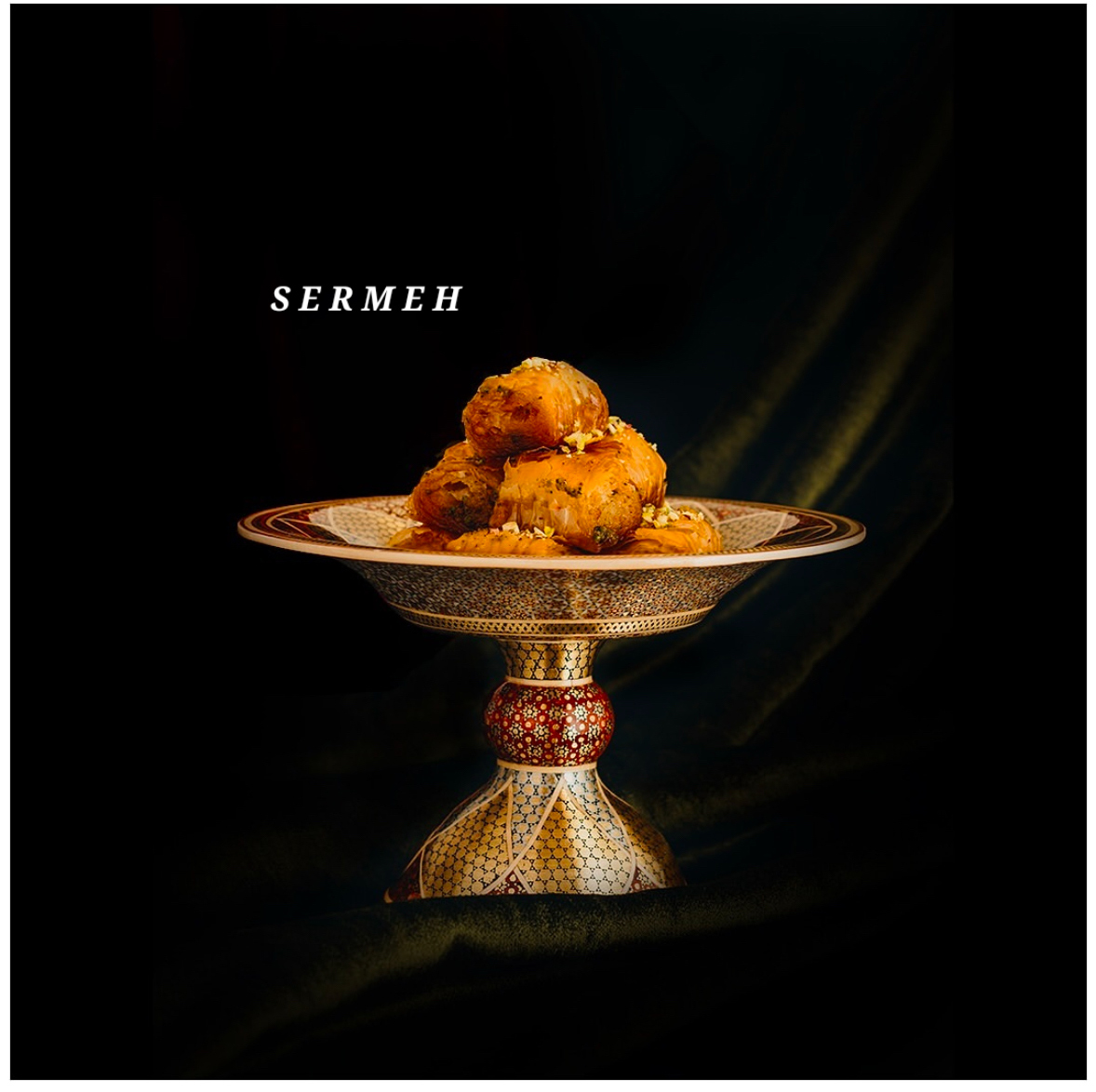
Reviews
There are no reviews yet.